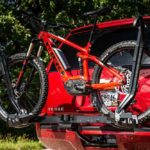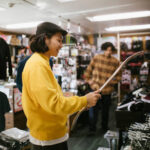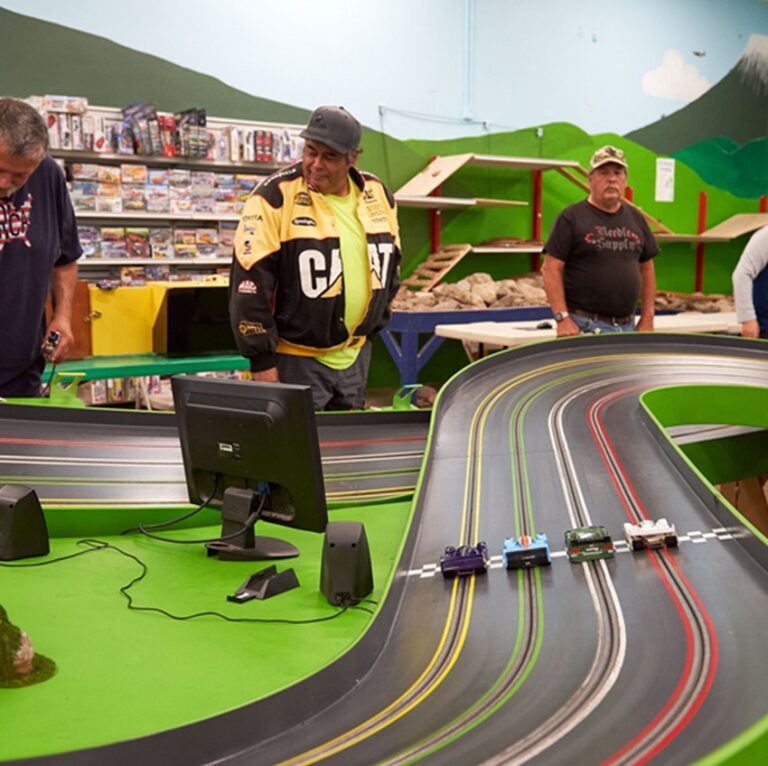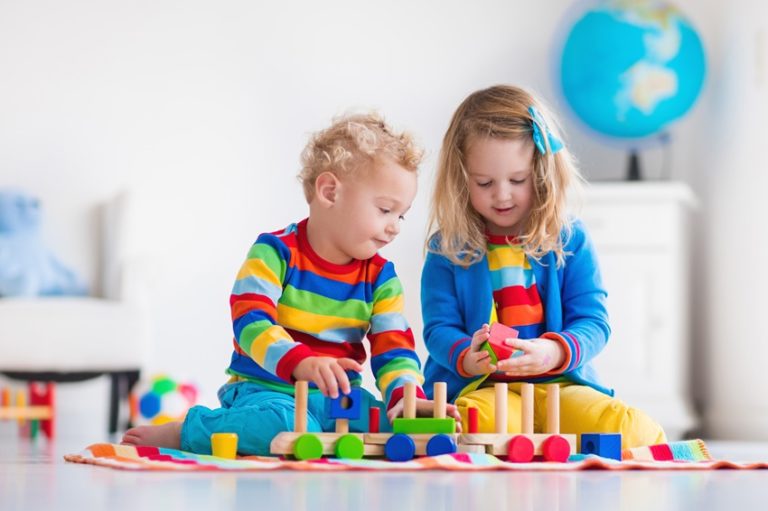Building something from scratch using just your two hands is one of the most rewarding feelings since the dawn of time. We’re programmed for it, and people who excel at it are generally great at almost everything they do. I remember the first time my dad got me a scale model kit of a plane. I don’t remember which model it was exactly, I just remember opening the present on Christmas and jumping at the opportunity to put it together.
Unfortunately, I was pretty young and impatient, and completely butchered it. I got pretty upset, and my dad being the stand-out dude he was, got me a new model of the same kit the next day. And this time, we built it together, following instructions carefully, and guess what – it turned out great! It’s one of my fondest memories as a child, and one of the only Christmas gifts I have vivid memories of.
That being said, no matter whether you consider them for a gift or for personal use, scale model kits can be a great way to spend time by yourself or bonding with your kids. However, it’s important to choose the right scale model kit in order for it to be enjoyable. But how do you do that as a first-time buyer? After all, the model kits Australia hobby stores offer are in the thousands, all of which differ in look, required skill and scales. Let’s go into detail.
Skill Level
Visit any model kits Australia store, and they’ll tell you that the skill level required for different models is the first thing you’ll have to consider when buying. In fact, the first question they’ll ask you when you seek assistance from them – is whether you’ve built any scale models before, and whether you’re handy with hobby tools.
Model kits come in 5 different skill levels that indicate how difficult the kit will be to complete.
- Skill Level 1 Kits – Snap-together plastic pieces that don’t require the use of paint and glue
- Skill Level 2 Kits – Kits that require the use of glue and paint, generally feature less than 100 pieces that are relatively easy to complete
- Skill Level 3 Kits – Kits that feature small, detailed parts, typically a few hundred of them
- Skill Level 4 Kits – Advanced kits that come with many extra-fine detailed parts, and there are definitely a few hundred of them
- Skill Level 5 Kits – These are dedicated to expert modellers, as they feature super-detailed parts, can contain a thousand pieces and often come with moving parts, such as rotating propellers on aeroplanes, working suspension on vehicles and movable turrets on tanks
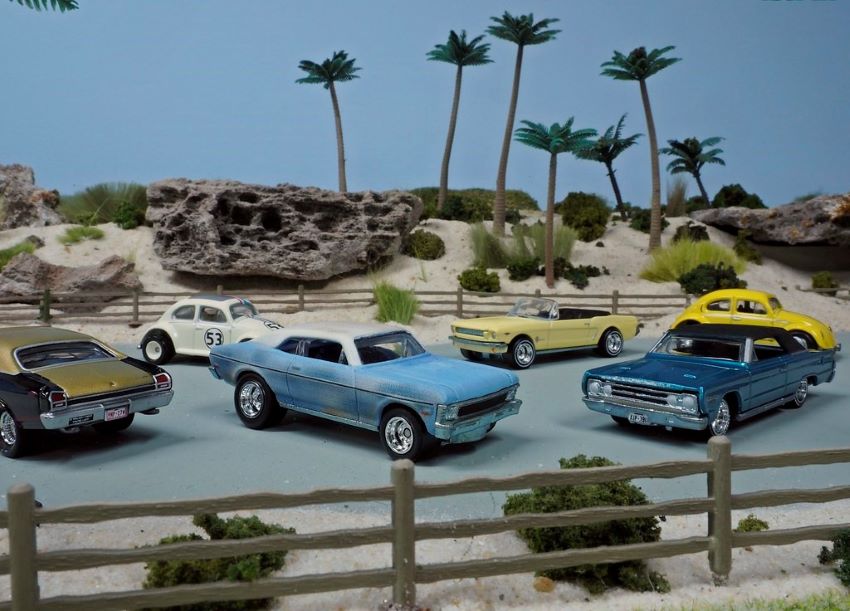
Scale
The scale of the model kit represents its size. You’ll notice that model kits are specified as 1:6, 1:10, 1:16, 1:24, 1:32, and so on. Basically, the higher the second number is on the specification sheet, the smaller the scale model is relative to the real object it represents. So, if you get a Mustang scale model that’s 1:24, it will be 24 times smaller than a real-life Mustang.
That being said, most categories of scale models have a range of common scales. For instance, cars are commonly 1:24, military scale models are 1:32, 1:35 or 1:48, ships are 1:72, 1:350, etc. However, you might find exceptions to these sizes, and it doesn’t matter as long as the model is big enough to accurately represent even some of the minor details of the real thing.
Getting Started
After you’ve established the ideal skill level kit for yourself, you can think about what else you need to get started. For skill level 1 kits, all you need is a hobby knife and file. If you start with a skill level 2 kit, you’ll need glue and paint, on top of a file and a hobby knife. The hobby knife will help you remove the pieces from the plastic frames that hold the pieces (sprues), whereas the file will help you smoothen any small imperfections on the pieces.
In order to bond the pieces, you’ll need glue. Glues used for scale modelling are known as plastic cements. They bond the plastic by melting the edge and melding them together to create new seams. The seams aren’t always perfect and may require the use of a modeller’s puty to fill the gaps. Generally, paste is recommended for first-timers. Paste is available in standard and non-toxic versions. The non-toxic version is lighter on odour, but takes longer to cure.
As far as paints go, you can choose between enamel and acrylic paints. Enamel paints are oil-based, and require the use of paint thinners. This makes them better suited for advanced modellers. Acrylic paints are water-soluble and are easily cleaned with soapy water, making them easy to use and thus, better suited for beginners.



